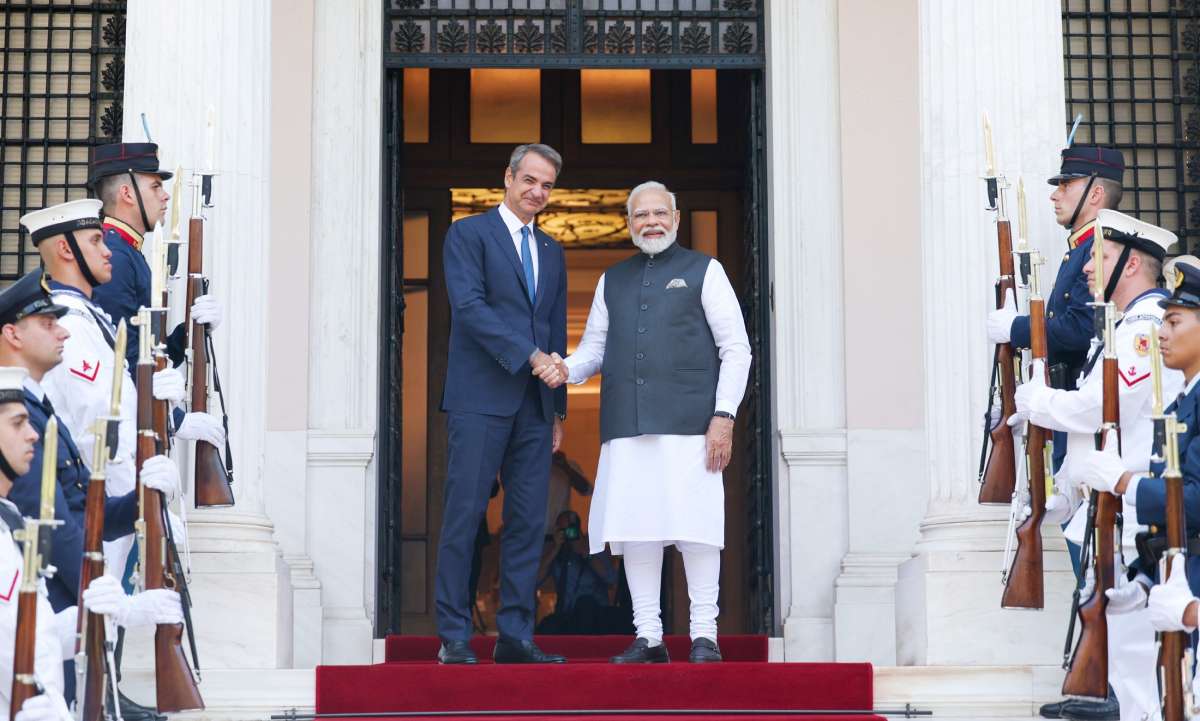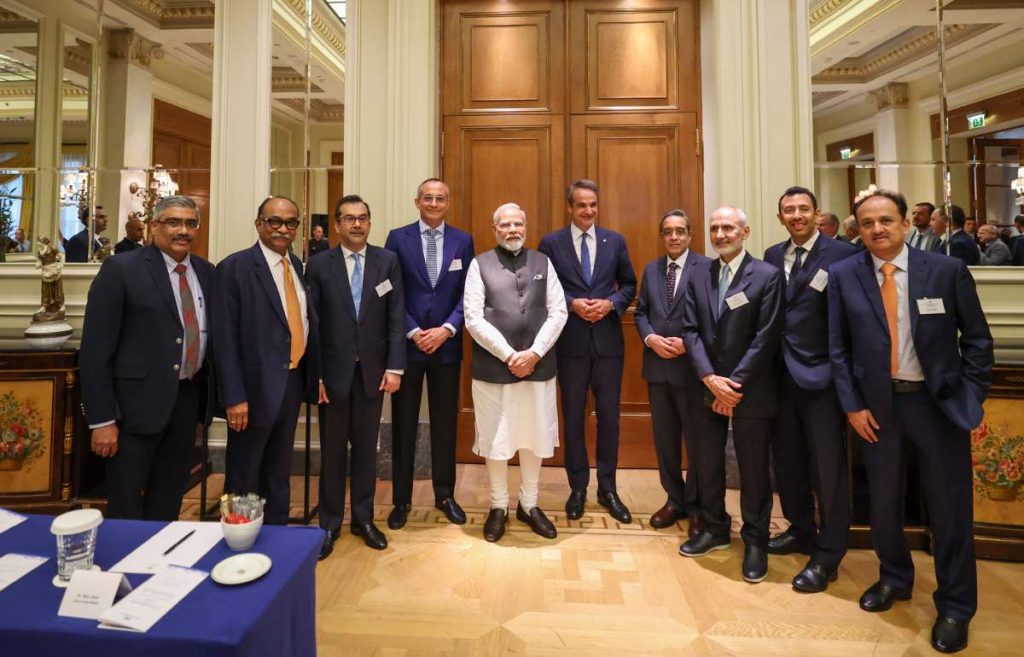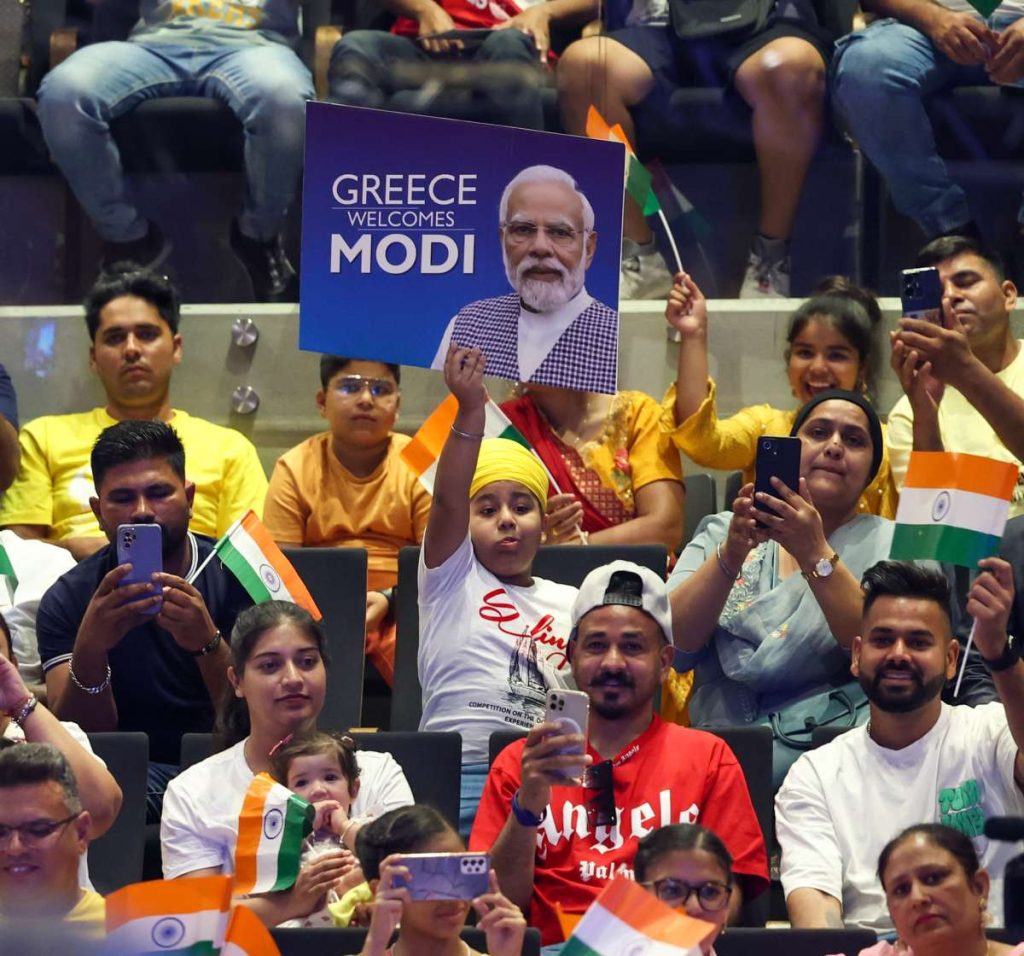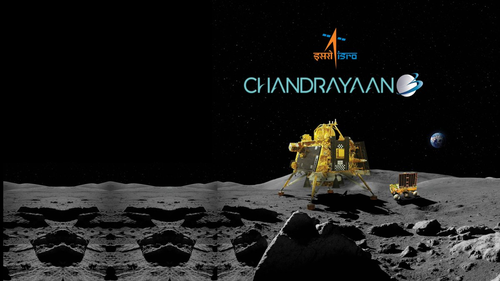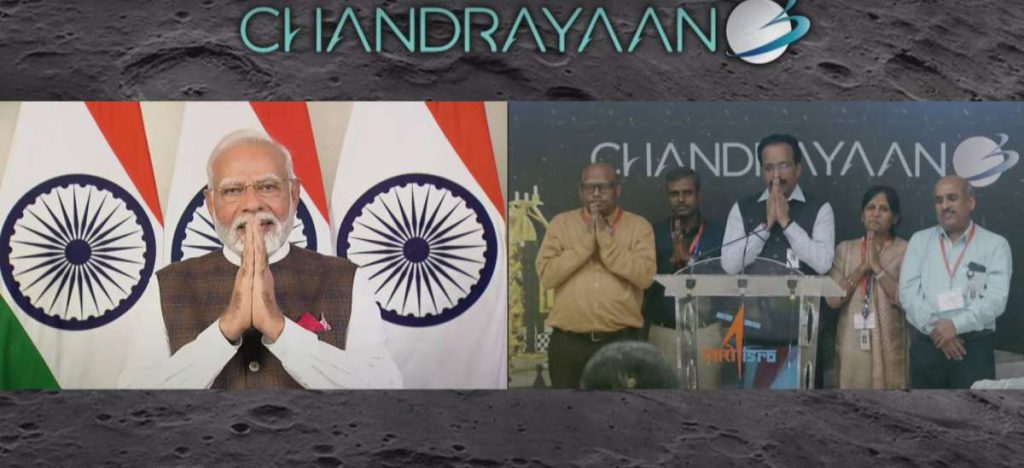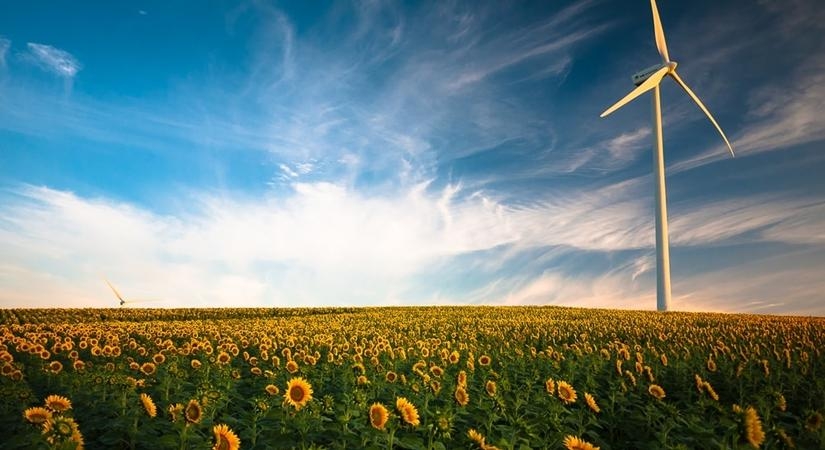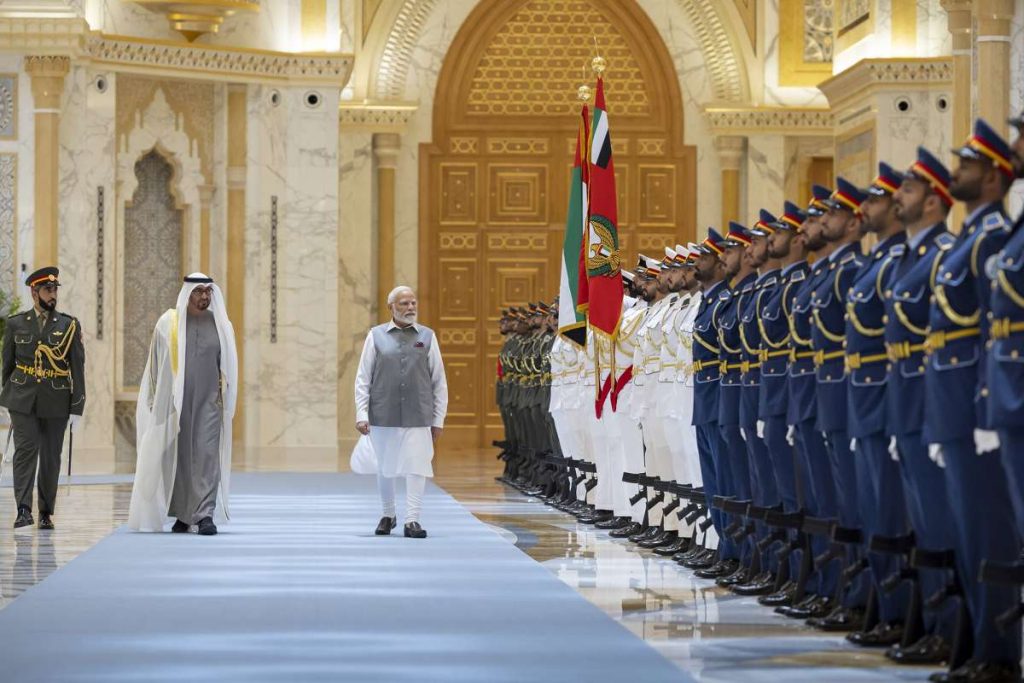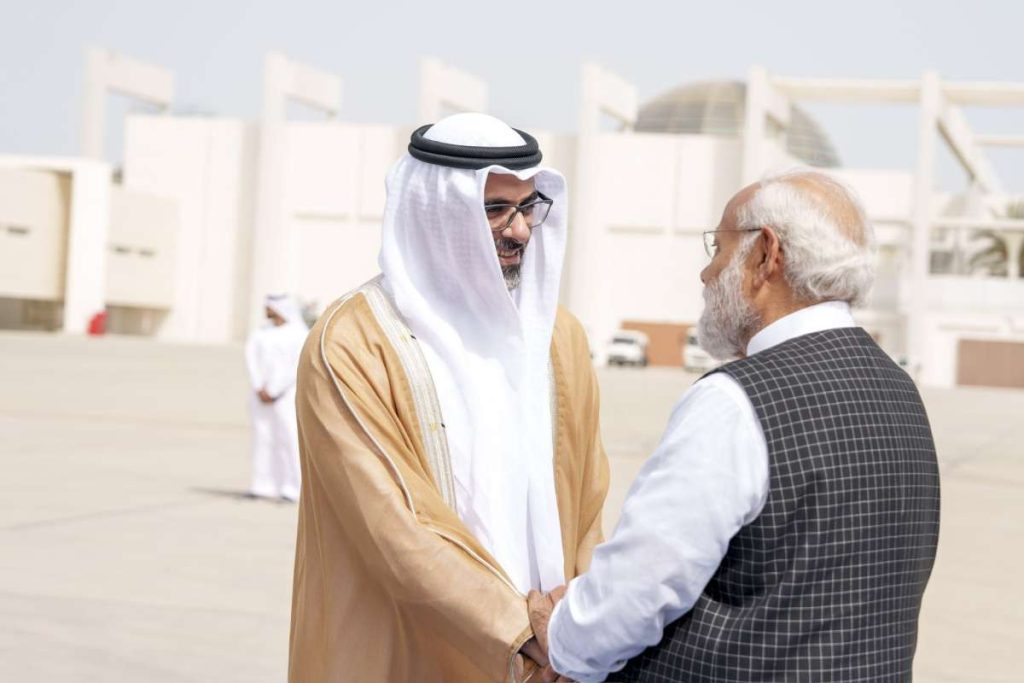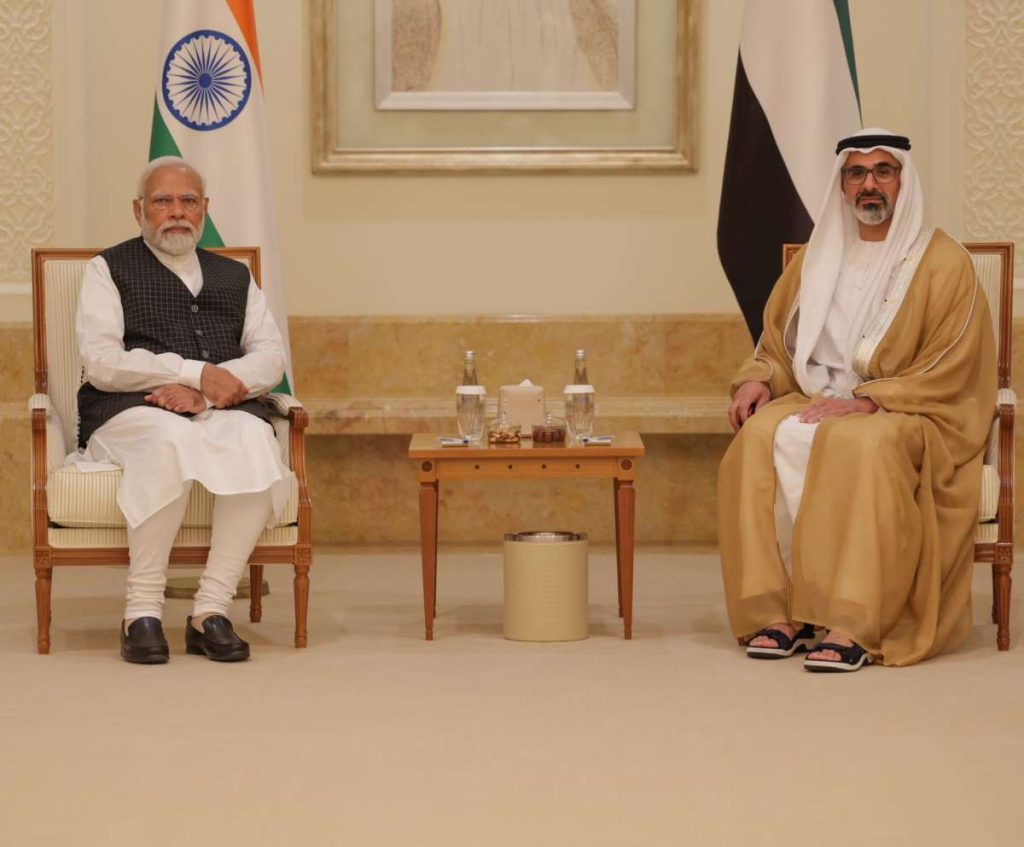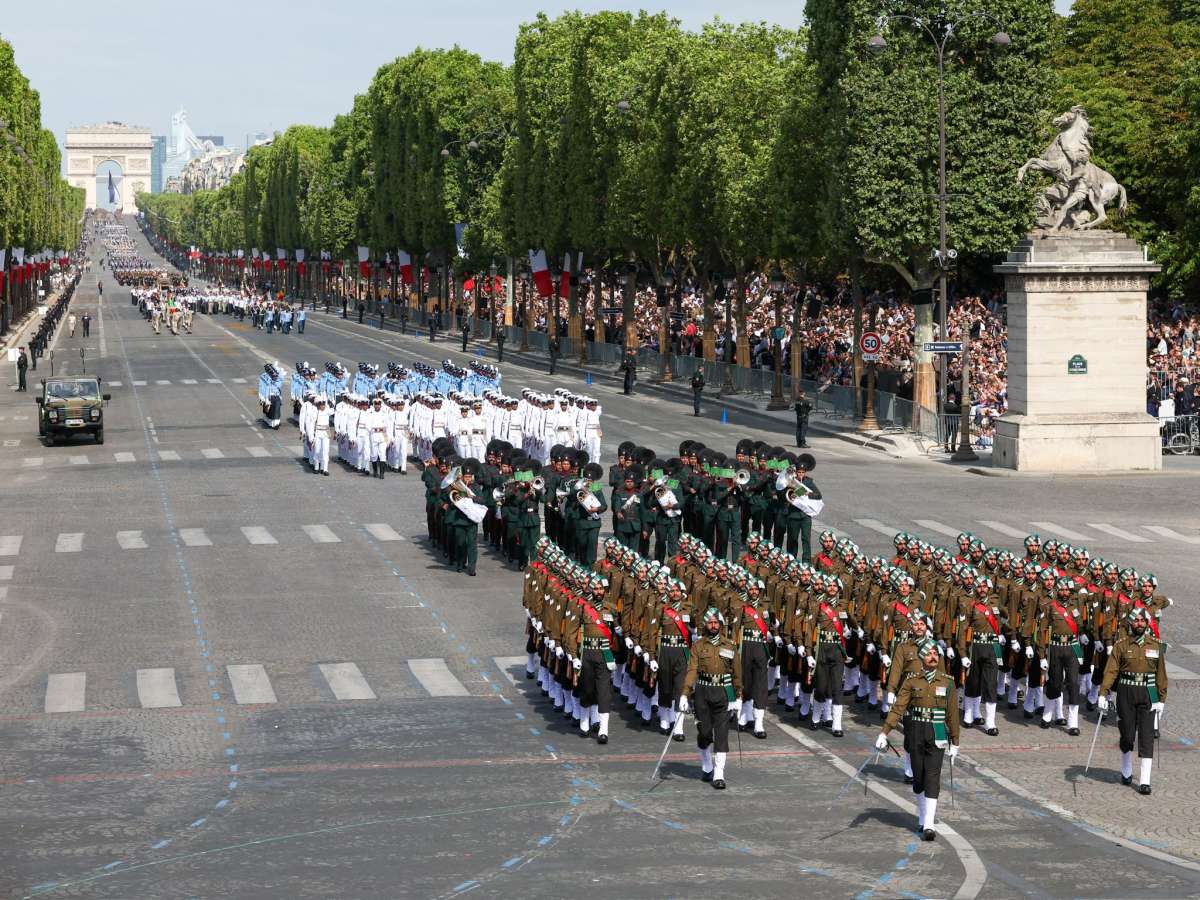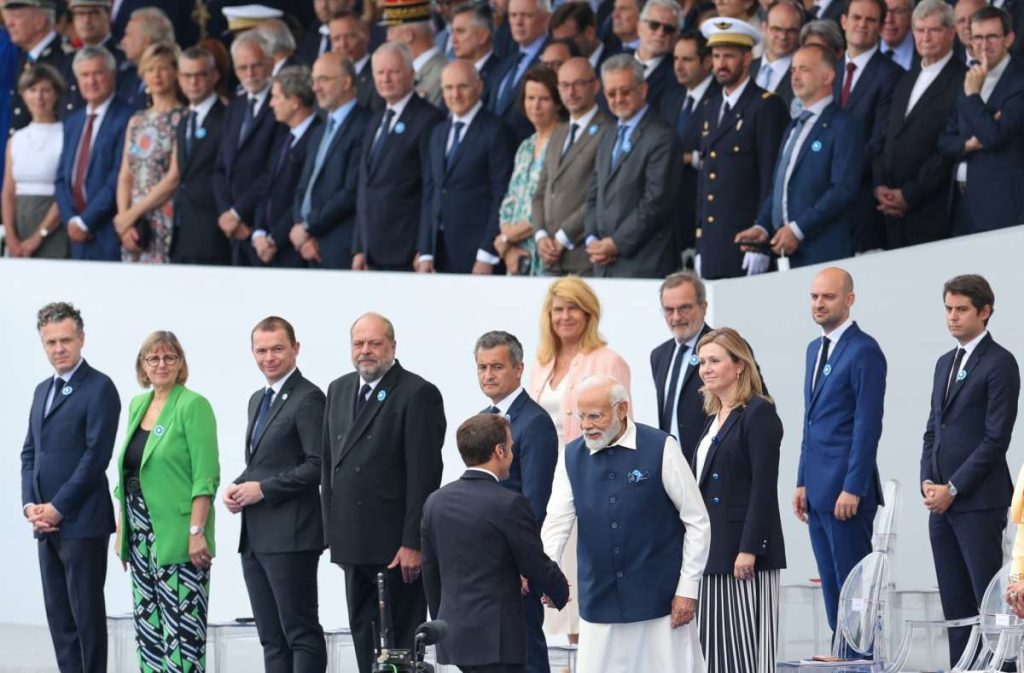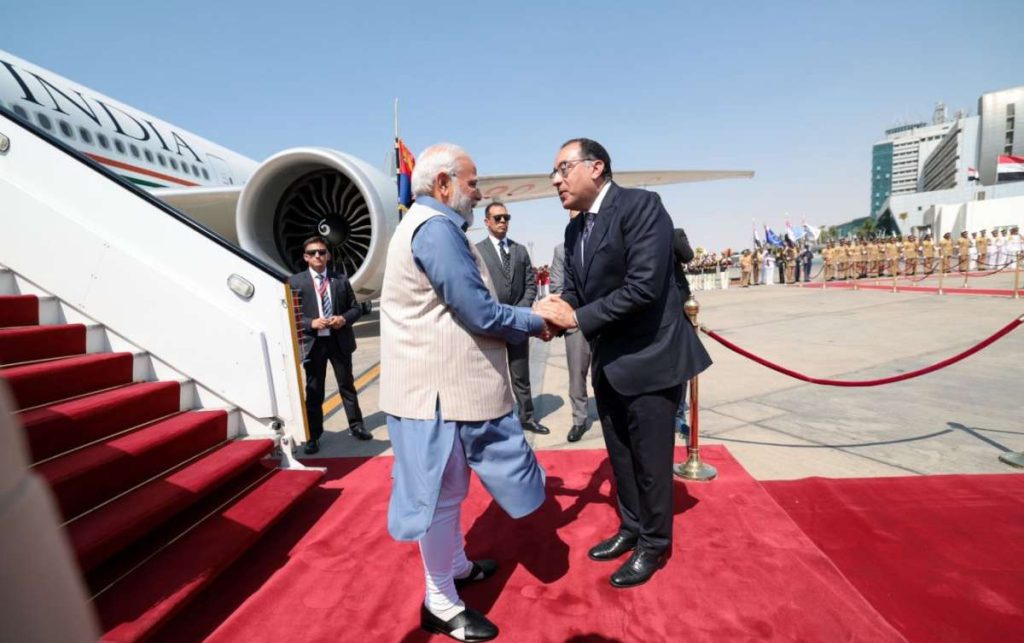An earlier schedule of speakers released by the UN in July had listed Narendra Modi as one of the speakers, but the latest version issued on Friday substituted Dr S. Jaishankar for the Prime Minister.
Prime Minister Narendra Modi, who has already visited the UN once this year, is not scheduled to be at the high-level General Assembly meeting of world leaders this month and External Affairs Minister S. Jaishankar is to speak on behalf of India, according to the latest roster of speakers.
An earlier schedule of speakers released by the UN in July had listed him as one of the speakers, but the latest version issued on Friday substituted the minister for the Prime Minister.
Prime Minister Modi led the International Day of Yoga celebrations at the UN in June before his state visit to Washington.
He has a packed schedule this month with a visit to the ASEAN summit in Indonesia from Tuesday to Thursday, which will be followed by the G20 summit of major emerging and industrialised countries that he will preside over in New Delhi on September 9 and 10.
Jaishankar is set to speak on Tuesday, September 26, morning at the last session of the high-level Assembly meeting.
The draft roster released in July had listed Modi on September 23.
Ukraine’s President Volodymyr Zelensky is to speak at the opening session on September 19.
According to Albania’s Permanent Representative Ferit Hoxha, who is this month’s Security Council president, Zelensky will also address an open meeting of the Council the next day.
Russia’s President Vladimir Putin will not be at the high-level meetings, nor will China’s President Xi Jinping.
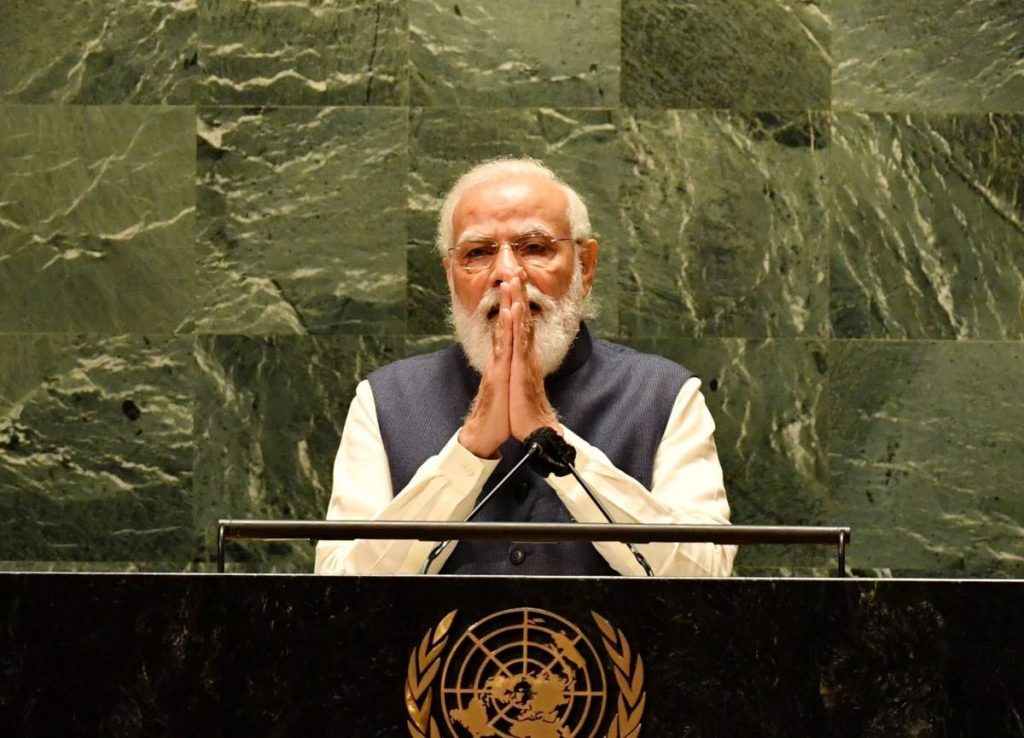
The only leader of a Security Council permanent member to attend the high-level UN meeting will be US President Joe Biden as British Prime Minister Rishi Sunak and France’s President Emmanuel Macron are not on the roster.
In keeping with tradition Brazil’s President Lula da Silva is to be the first speaker at the opening session and he will followed by Biden.
Prime Minister Modi did not attend last year’s high-level Assembly meeting either and Jaishankar took the rostrum on behalf of India.
The Prime Minister has addressed the Assembly’s annual high-level meetings four times in person and remotely in 2020 during the Covid pandemic.
The speakers are arranged according to protocol, starting with heads and deputy heads of state, followed by prime ministers and their deputies, and ministers.
Sri Lanka’s President Ranil Wickremesinghe is on the roster at the UN for September 21.
Pakistan’s Caretaker Prime Minister Anwaar-ul-Haq Kakar is on the schedule next morning, along with Prime Ministers Sheikh Hasina of Bangladesh and Pushpa Kamal Dahal of Nepal.
According to media reports in India and Cuba, Jaishankar is to also represent the nation at the summit in Cuba of the G77, the group of developing countries, on September 15 and 16, just ahead of the world leaders’ meetings that begin in New York with the Climate Ambition Summit convened by Secretary-General Antonio Guterres on September 18 and 19.
ALSO READ: ‘Keeping India out of UNSC will call its credibility into question’


